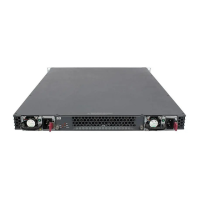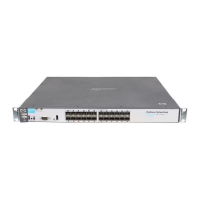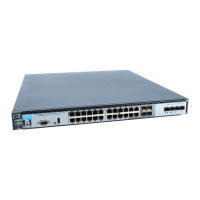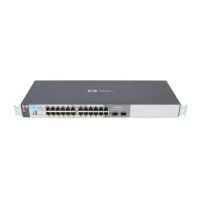Configuring Advanced Threat Protection
DHCP Snooping
• Attempts to exhaust system resources so that sufficient resources are
not available to transmit legitimate traffic, indicated by an unusually
high use of specific system resources
• Attempts to attack the switch’s CPU and introduce delay in system
response time to new network events
• Attempts by hackers to access the switch, indicated by an excessive
number of failed logins or port authentication failures
• Attempts to deny switch service by filling the forwarding table, indi-
cated by an increased number of learned MAC addresses or a high
number of MAC address moves from one port to another
• Attempts to exhaust available CPU resources, indicated by an
increased number of learned MAC address events being discarded
DHCP Snooping
Command Page
dhcp-snooping page 10-5
authorized-server page 10-9
database page 10-12
option page 10-9
trust page 10-8
verify page 10-11
vlan page 10-7
show dhcp-snooping page 10-6
show dhcp-snooping stats page 10-6
dhcp-snooping binding page 10-13
debug dhcp-snooping page 10-13
Overview
You can use DHCP snooping to help avoid the Denial of Service attacks that
result from unauthorized users adding a DHCP server to the network that then
provides invalid configuration data to other DHCP clients on the network.
10-4

